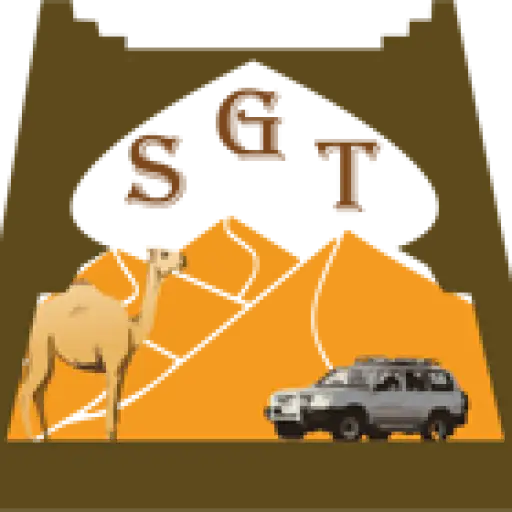Asfi (Safi) – The City of Pottery and Ocean Views Located along Morocco’s Atlantic coast, Safi is one…
The Luxury of Moroccan Hammams A Moroccan hammam is a blissful mix between a spa and a traditional…
Festivals of Morocco – Cultural Celebrations, Music & Traditions Morocco is a land that celebrates life through its…
10 Days Morocco Desert Tour from Casablanca This 10-day Morocco Desert Tour from Casablanca is thoughtfully designed to…
About Agafay Desert Just 30 kilometers southwest of Marrakech, the Agafay Desert offers a magical escape into Morocco’s…
Marrakech Walking Tour – Discover the Soul of the Red City Step into the heart of Marrakech, a…
About Sidi Kaouki Village Sidi Kaouki is a small Berber fishing village located about 25 km south of…
About Sidi L’Mokhtar Village Sidi L’Mokhtar is a small town and rural commune in the Chichaoua Province, part…
The Heartbeat of Morocco: Traditions That Weave the Fabric of Moroccan Life Morocco is a land where…
Essaouira Sightseeing Highlights 1. The Medina of Essaouira (Old Town) A UNESCO World Heritage Site, the medina is…


